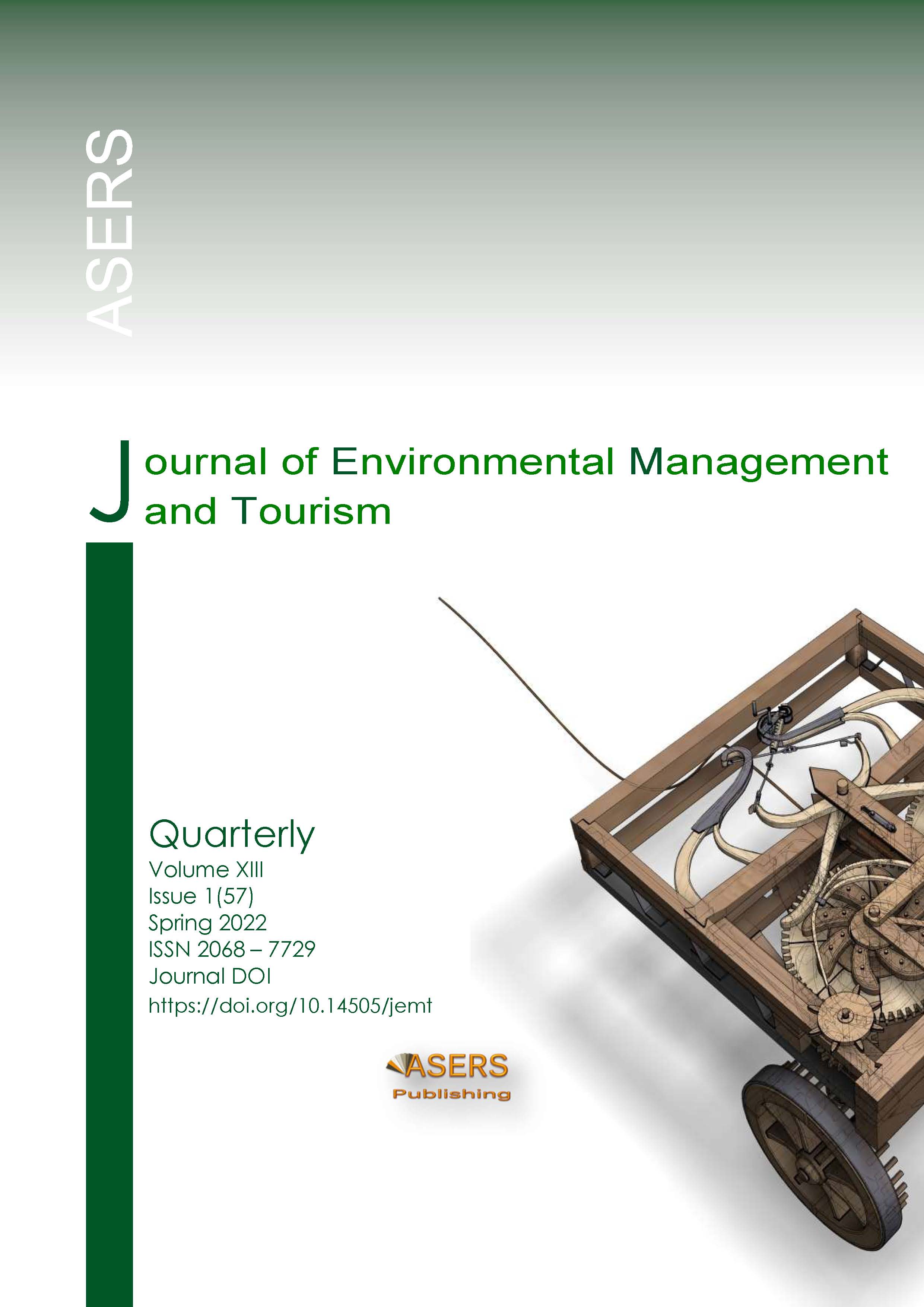COVID-19 Anchor for Cruise Tourism. An analysis of Gdańsk’s and Gdynia's Cruise Tourism in the 2017-2020 Period
COVID-19 Anchor for Cruise Tourism. An analysis of Gdańsk’s and Gdynia's Cruise Tourism in the 2017-2020 Period
Author(s): Joanna Pioch, Mariusz Chmielewski, Renata Płoska, Karol ŚledzikSubject(s): Economy, National Economy, Health and medicine and law, Tourism
Published by: ASERS Publishing
Keywords: COVID-19; cruise tourism; regional economy impact; cruise ship tourist expenses;
Summary/Abstract: In many Member States, European regions and cities, tourism is a key factor in the economic and social structure. The COVID-19 pandemic that broke out in 2020 caused significant losses in the tourism sector area in all European Union (EU) countries. This applies in particular to one of the elements of the tourism sector of any economy with access to the sea - the possibility of accepting cruise ships. This cruise tourism sector has also been hit hard by the COVID-19 pandemic. The aim of this paper is to estimate the number of selected expenditures of passengers and cruise ship crews entering the ports of Gdańsk and Gdynia, which are a source of revenue for the region, as well as the impact of the COVID-19 pandemic on limiting the growth of this tourism segment. Our study takes a holistic approach by estimating the amount of revenue generated by tourists arriving in the two ports in the Gulf of Gdańsk capable of handling large cruise ships. Based on the number of arriving tourists in 2017-2020, the study estimates the income of tourism enterprises that receive a direct cash inflow from offering services to arriving tourists. The tourism sector that was particularly affected by the pandemic was cruise tourism. In 2020, this sector recorded an over 5-fold decrease in the number of cruise ship passengers. The conclusions of the study show that the number of cruise ships arriving in the analysed ports in 2020 decreased significantly compared to the previous year, similarly to other ports in the region. At the same time, the number of passengers visiting the analysed ports decreased substantially. Nevertheless, the dynamic growth of cruise tourism in the Baltic Sea basin, which began before the COVID-19 pandemic, allows for conclusions about further development of this tourism segment and its potential impact on the region’s economy after the crisis which occurred in 2020.
Journal: Journal of Environmental Management and Tourism (JEMT)
- Issue Year: XIII/2022
- Issue No: 1(57)
- Page Range: 264-272
- Page Count: 9
- Language: English
- Content File-PDF

